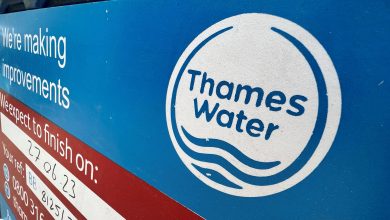IN FOCUS: A sport which can produce champions or a niche pastime – what is golf’s future in Singapore?

This is a sentiment echoed by others whom CNA spoke to. While they say that golf remains accessible today, it runs the risk of no longer being so once public courses are closed.
“Golf has a reputation for being an ‘elite’ sport but when you have public facilities, public driving ranges and public courses … accessible for anybody without a membership, it’s not an ‘elite’ sport,” said Mr Kim.
“Indoor facilities can supplement golf, but in the end, if there are no public golf courses, then you’re really limiting golf to the elite, which is not what we want to do.”
COMPETING DEMANDS FOR LAND
Another challenge golf faces is the demand for land.
Given that courses take up significant amounts of usable land and are not used by a large majority of the population, the argument is that the land could be put to better uses, such as for housing, schools, healthcare facilities and other amenities to serve the public.
“Golfing is a land-intensive sport. In Singapore, where land is a scarce resource, we have to take care to balance the needs of sports facilities with other critical and competing national demands for land uses, including public housing,” said the SportSG spokesperson.
“Given the limited land, it will be harder to keep some of the golf courses, especially those located close to the city centre, where the land costs may have risen significantly, making the land economically unviable to be retained as golf courses,” added NUS Business School professor Sing Tien Foo.
“Other uses, whether housing or infrastructure uses, could be built on the golf course lands to optimise the land value. Urban planners may face the challenge of balancing between the ‘private’ and the ‘public’ benefits from the use of the lands.”
Mr Chow Kim Nam, who is deputy director of Singapore Polytechnic’s (SP) School of Architecture & the Built Environment, said that it is “highly likely” that more golf courses will be repurposed in the future.
“Many viable urban solutions are already at play, including land reclamation, innovative adaptive repurposing of older buildings, mixed-use developments, and intensifying land use,” he said. “However, these have limits in our city-state. Existing golf courses can open more land to be used equitably by the greater population.”
At the same time, golf courses need not always be the first ones to go if land is needed for other developments, said property expert Nicholas Mak, who noted that there are also large tracts of land in Singapore that are zoned as Reserve Sites.





